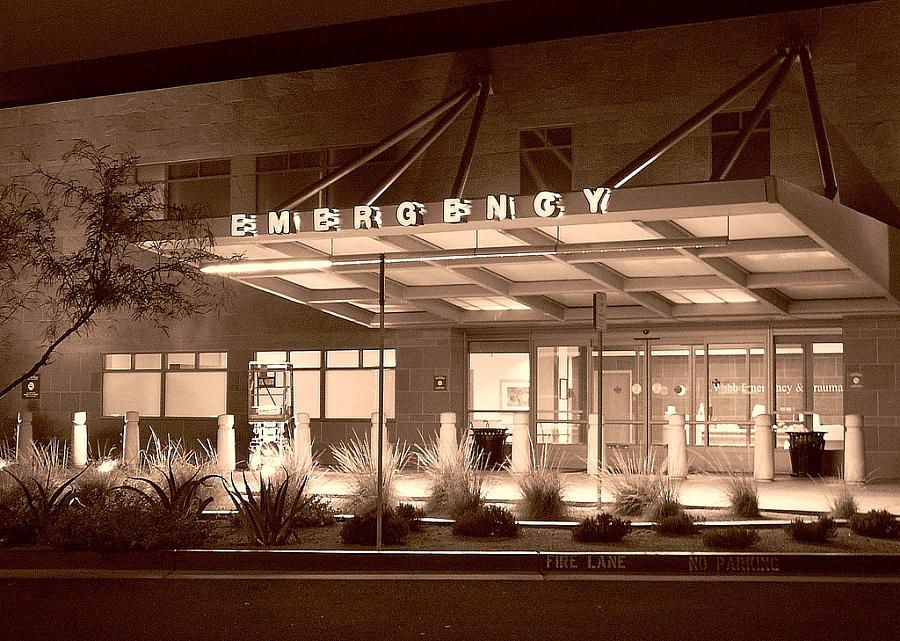Can California’s mental health approach keep it from following Washington’s path?

Mental health advocates have lauded the Affordable Care Act’s expansion of mental health benefits in part for helping people tap into resources early, before an illness escalates to the point of needing more intensive psychiatric care.
But the ACA and the expanded benefits it includes have also shone a light on just how scarce those resources are in many communities. That’s prompted groups from across the country to propose innovative approaches to address the shortage.
In some regions though, decades of mental health resource scarcities are coming to a head, playing out in ways that could have implications nationwide.
In Washington state, a shortage of inpatient psychiatric beds has led to a potentially precedent-setting ruling. In August, the state Supreme Court ruled that emergency room staff can’t hold psychiatric patients against their will while seeking appropriate long-term care. But since there are not enough places to transfer such patients, the court stayed that ban while the state seeks more inpatient beds.
Reporter Chris Kardish recently explained the problem in Governing magazine:
Emergency rooms have become a place of last resort for the mentally ill. With increased demand on proper mental health facilities, the practice known as psychiatric boarding – temporarily holding mentally ill patients in hospital ERs until beds become available at certified treatment centers – has become a serious problem nationwide. Now, it’s an unconstitutional one in Washington state.
In response, Washington’s governor has appropriated $30 million to create 140 additional inpatient beds, which will alleviate some of the stress in emergency rooms until more long-term solutions can be created.
While some states have more mental health resources than others, Washington isn’t alone in its plight. The process of boarding psychiatric patients in the emergency room happens across the country – including California.
“Psychiatric boarding is absolutely affecting every single state in the union,” said Stephen Anderson, an emergency physician and the immediate past president of Washington’s chapter of the American College of Emergency Physicians (ACEP). “Yes, California has made inroads, but they still have psychiatric boarding.”
ACEP’s 2014 poll found 84 percent of emergency physicians report that these patients are being “boarded” in their department. Nine in 10 said that practice “has led to violent behavior by distressed psychiatric patients, distracted staff or bed shortages, all of which may harm patients.”
So, if this so-called ER boarding is happening elsewhere, too, does that mean California could also face a similar court ruling? Not likely, say mental health advocates there.
While Washington’s situation got to the point where the courts had to get involved, California mental health advocates are hopeful the state’s more proactive efforts might be leading that state down a different trajectory.
Among those is the 2013 decision to add 2,000 beds in unlocked crisis residential treatment programs, triage workers to help individuals with mental health issues, and mobilize crisis support teams that could reach people before they end up in the ER.
California’s focus on developing alternative crisis care is supported by studies that have found only a portion of people taken to the emergency room for a psychiatric crisis meet the criteria for hospitalization, said Rusty Selix, the executive director of policy and advocacy for the Mental Health Association in California.
“This obviously puts a huge dent in the problem,” he said. “Will it get us to the place we need to be in this state? I’m skeptical, but it will make a difference.”
California’s plan is different from simply adding inpatient psychiatric beds. The ones they’re adding will target people before they get to the point of needing a locked psychiatric facility.
The additional beds provided will be in unlocked, residential treatment programs. As a San Jose Mercury News opinion piece explains, “An alternative to expensive psychiatric hospitalizations, these programs provide 24-hour care in a therapeutic community-based setting. In these programs, individuals have a safe, homelike environment to recover, build support systems, and learn crisis coping strategies.”
That’ a smart approach, both for cost reasons as well as for overall patient wellbeing, Selix said:
In the long run, you want someone in an active recovery program. You need people to move toward greater levels of independence. The more you can move to lesser intensive programs, the quicker recovery starts.
California’s emphasis on adding more diversion beds was a great step, said Anderson, the emergency physician.
“Let’s face it: If you can get people before they are involuntarily committed, it’s better for everyone,” he said.
Photo by cobalt123 via Flickr.
